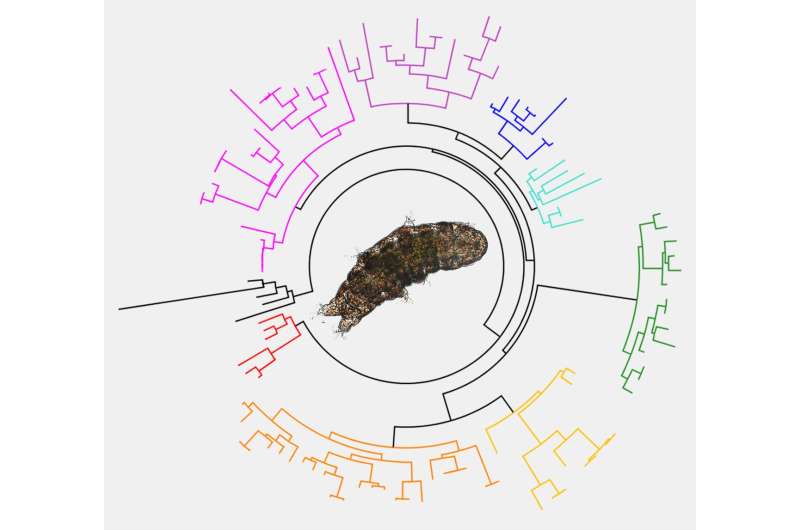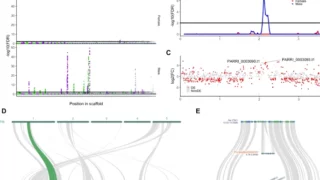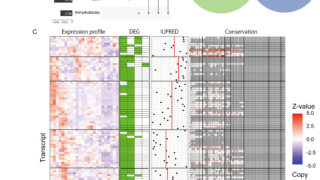The Evolution of Temperature and Desiccation-Related Protein Families in Tardigrada Reveals a Complex Acquisition of Extremotolerance

クマムシ乾眠関連遺伝子の進化の過程を系統解析したところ、クマムシは2回独立に陸上進出した可能性が示唆された。
Tardigrada is an ecdysozoan lineage famed for its resilience. Tardigrades can tolerate high doses of radiation, low-oxygen environments, desiccation, and both high and low temperatures under a dormant state called “anhydrobiosis”, which is a reversible halt of metabolism upon almost complete desiccation. A large amount of research has focused on the genetic pathways related to these capabilities, and a number of genes have been identified and linked to the extremotolerant response of tardigrades. However, the history of these genes is unclear, and the origins and history of extremotolerant genes within Tardigrada remain a mystery. Here, we generate the first phylogenies of six separate protein families linked with desiccation and radiation tolerance in Tardigrada: cytosolic abundant heat-soluble protein, mitochondrial abundant heat-soluble protein, secretory abundant heat-soluble protein, meiotic recombination 11 homolog, and the newly discovered Echiniscus testudo abundant heat-soluble proteins (alpha and beta). The high number of independent gene duplications found amongst the six gene families studied suggests that tardigrades have a complex history with numerous independent adaptations to cope with aridity within the limnoterrestrial environment. Our results suggest that tardigrades likely transitioned from a marine environment to a limnoterrestrial environment only twice, once in stem Eutardigrada and once in Heterotardigrada, which explains the unique adaptations to anhydrobiosis present in both classes.
Authors: James F Fleming, Davide Pisani, Kazuharu Arakawa
Journal: Genome Biology and Evolution, 2024, 16:evad217
Press Release: https://phys.org/news/2024-01-genomes-reveal-secrets-extreme-survival.html
投稿者プロフィール







